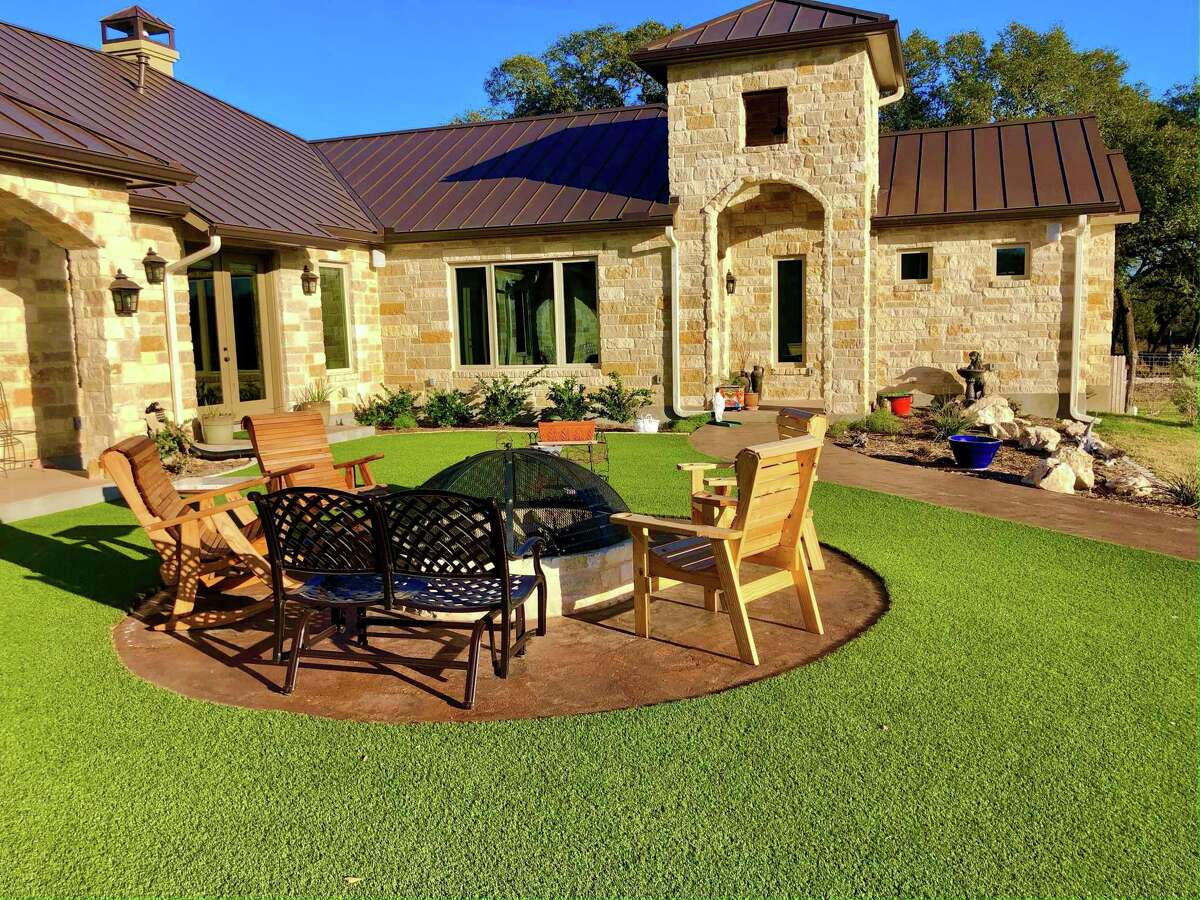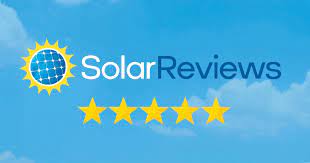Energy Efficient Residential Roofing
Nothing protects like a roof
Learn how Progressive Energy Solutions can deliver energy efficient residential roofing to homeowners and businesses. Owners are looking for solutions that not only enhance the aesthetic appeal of their properties but also improve their energy efficiency. Traditional roofing materials, such as asphalt shingles and metal roofing, have been popular choices for decades, but they are not the most energy-efficient options available. However, progressive energy solutions can offer a range of benefits that make them a more attractive choice for your roofing needs.
One of the main advantages of energy efficient residential roofing is that they can significantly reduce your energy costs. These solutions utilize materials and technologies that reflect sunlight and absorb less heat, resulting in lower cooling costs during the summer months. For example, cool roofs are designed to reflect sunlight and emit heat, reducing the amount of heat absorbed by your building. Similarly, solar roofing systems can generate electricity by converting sunlight into electrical energy, which can offset your energy costs and even provide you with a source of income through net metering programs.
Another benefit of Energy-saving roofing materials is that they can improve your property’s environmental footprint. By reducing your energy consumption, you can help to lower your carbon emissions and promote sustainability. For instance, by choosing a roofing material made from recycled materials or installing a green roof, you can make a positive impact on the environment.
Progressive energy solutions can also increase the lifespan of your Green roofing alternatives. Traditional roofing materials, such as asphalt shingles, can deteriorate over time due to weathering and exposure to UV rays. However, many energy-efficient roofing solutions are made from durable materials that can withstand harsh weather conditions and provide long-lasting protection for your property.
Finally, progressive energy solutions can enhance the aesthetic appeal of your property. Many of these solutions come in a variety of colors and styles, allowing you to choose a design that complements your property’s architecture and adds to its curb appeal.
In conclusion, if you are considering roofing repairs or replacement, it is worth considering progressive energy solutions as an alternative to traditional roofing materials. They can help you save money on energy costs, improve your environmental footprint, increase the lifespan of your roofing system, and enhance the appearance of your property. With a variety of options available, you can choose a solution that meets your specific needs and fits within your budget.
About this Process
Replacing a roof is a significant home improvement project that requires careful planning and execution. If you’re considering replacing your home’s roof, here are some important steps to follow:
Step 1: Choose a reputable roofing contractor The first step in replacing your roof is finding a reputable roofing contractor. Look for contractors who are licensed, insured, and have a proven track record of quality workmanship. Ask for references and read online reviews to ensure you’re working with a reputable company.
Step 2: Determine the right roofing material There are several roofing materials to choose from, including asphalt shingles, metal, tile, and slate. Each material has its pros and cons, so it’s essential to consider factors such as cost, durability, and aesthetics when choosing the right material for your home.
Step 3: Obtain necessary permits Before you start your roofing project, make sure you obtain the necessary permits from your local building department. Failure to obtain the necessary permits can result in fines and delays in the project.
Step 4: Remove the old roof Once you have all the necessary permits and materials, it’s time to remove the old roof. This involves stripping off the existing shingles, underlayment, and any damaged decking. Your roofing contractor will dispose of the old roofing materials in a responsible manner.
Step 5: Install new underlayment and decking Once the old roof is removed, the next step is to install new underlayment and decking. This ensures a stable and sturdy base for the new roofing material.
Step 6: Install the new roof With the new underlayment and decking in place, it’s time to install the new roofing material. Your roofing contractor will carefully install the new material according to the manufacturer’s specifications.
Step 7: Inspect the new roof Once the new roof is installed, your contractor will inspect the work to ensure it meets local building codes and manufacturer’s specifications.
Replacing a roof is a significant investment in your home, but it’s essential to ensure the job is done correctly. By following these steps and working with a reputable contractor, you can ensure your new roof will protect your home for years to come.
Call For a Quote:
(888) 603-4255
Related Services
Residential Solar (PhotoVoltaic)
Solar energy is clean, renewable, and cost-effective. By going solar, you can reduce your carbon footprint, save money on energy bills, and support sustainable living.
Solar Pool Heating
Solar pool heating is eco-friendly, cost-effective, and extends your swimming season. It also requires mininal maintenance and increases the value of your property.
Drought Resistance Landscaping
Drought-resistant landscaping conserves water, requires less maintenance, reduces irrigation costs, and provides habitat for wildlife while enhancing the aesthetic appeal of your property.
F.A.Q.
The most common question homeowners ask when choosing a new roof is “What is the best roofing material for my home?”
The answer depends on factors such as climate, budget, durability, and aesthetics.
What is the best roofing material for my home?
Answer: The best roofing material depends on various factors such as climate, budget, durability, and aesthetics. Some popular options include asphalt shingles, metal roofs, tile roofs, and slate roofs.
How long will my new roof last?
Answer: The lifespan of a new roof depends on the type of material used and the quality of installation. Generally, asphalt shingles last between 15-30 years, while metal roofs can last up to 50 years or more.
Can I install a new roof over the old one?
Answer: It is possible to install a new roof over an old one, but it is not always recommended. It can add excess weight to the structure, and it may not allow for proper ventilation. It’s best to consult with a roofing contractor to determine if this option is feasible for your home.
How much will a new roof cost?
Answer: The cost of a new roof varies depending on factors such as the type of material, size of the roof, and labor costs. It’s best to get a quote from a reputable roofing contractor.
How do I maintain my new roof?
Answer: Regular roof maintenance includes cleaning debris, inspecting for damage, and addressing any issues promptly. It’s also important to ensure proper ventilation and to keep gutters clean to prevent water damage. A professional roofing contractor can provide guidance on how to maintain your specific type of roof.







